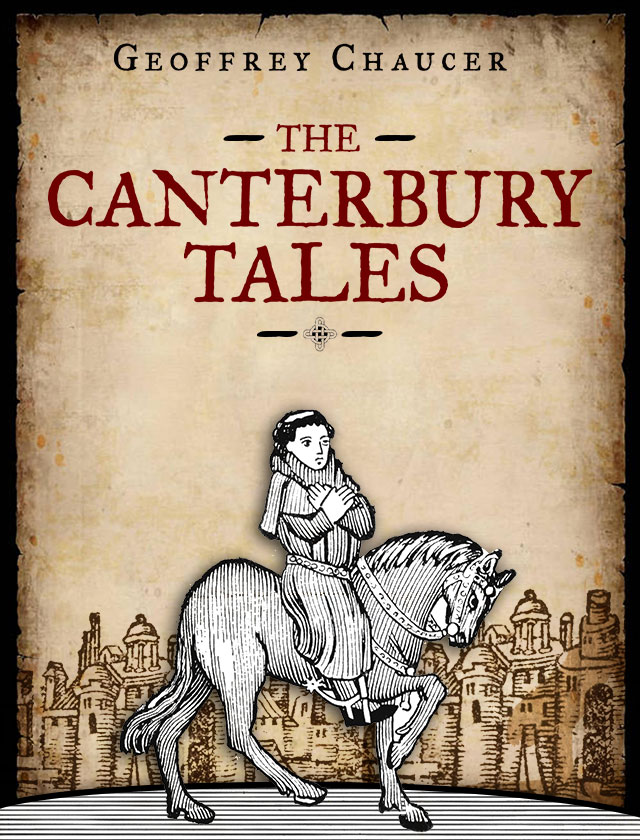The Canterbury Tales
by Geoffrey Chaucer
The Friar's Tale
When the Wife of Bath finishes her story, the Friar suggests that she is not qualified to talk about issues involving authority, reaffirming the sexist concerns the Wife of Bath addressed in her tale. The Friar then says he intends to tell a story about a summoner. The Host, who apparently did not envision that the pilgrims would use the stories as opportunities to berate one another, tries to get the Friar to tell a different story. However, the Summoner says that if the Friar tells an negative story about a summoner, then he will tell a negative story about a friar, and the Friar begins his story.
The Friar’s story features an archdeacon who employs a crew of spies to find out information about people’s wrongdoings. The archdeacon then extorts the sinners so that they can keep their names off of the Church roles. The archdeacon employs a summoner to help him with his blackmail. The summoner befriends a yeoman, and the two men discover that they both like to blackmail people. They share tips on extortion and become good friends. The yeoman then reveals that he is actually a demon. However, the summoner honors his oath to be brothers with the demon.
One day, the fiend and the summoner meet a farmer with his cart stuck in the mud. Frustrated, the farmer says that the Devil can take everything that is stuck in the mud. The summoner thinks he sees an opportunity for the demon, but the demon explains that the farmer’s exasperated words were not sincere, so he has no power to take the man’s things. They then encounter a wealthy widow who refuses to pay the summoner when he tries to blackmail her. The summoner says that he will take her frying pan, and the woman replies that the Devil can have him and the frying pan. The demon asks her if she means those words, and the woman says that she does. The demon then drags the summoner to hell.
While the Friar and the Summoner do not get along, prompting them to tell unflattering tales about one another, historically their professions were in conflict. They performed very similar roles in the...
Sign up to continue reading The Friar's Tale >